Examples of Retail Channels Outside of Amazon
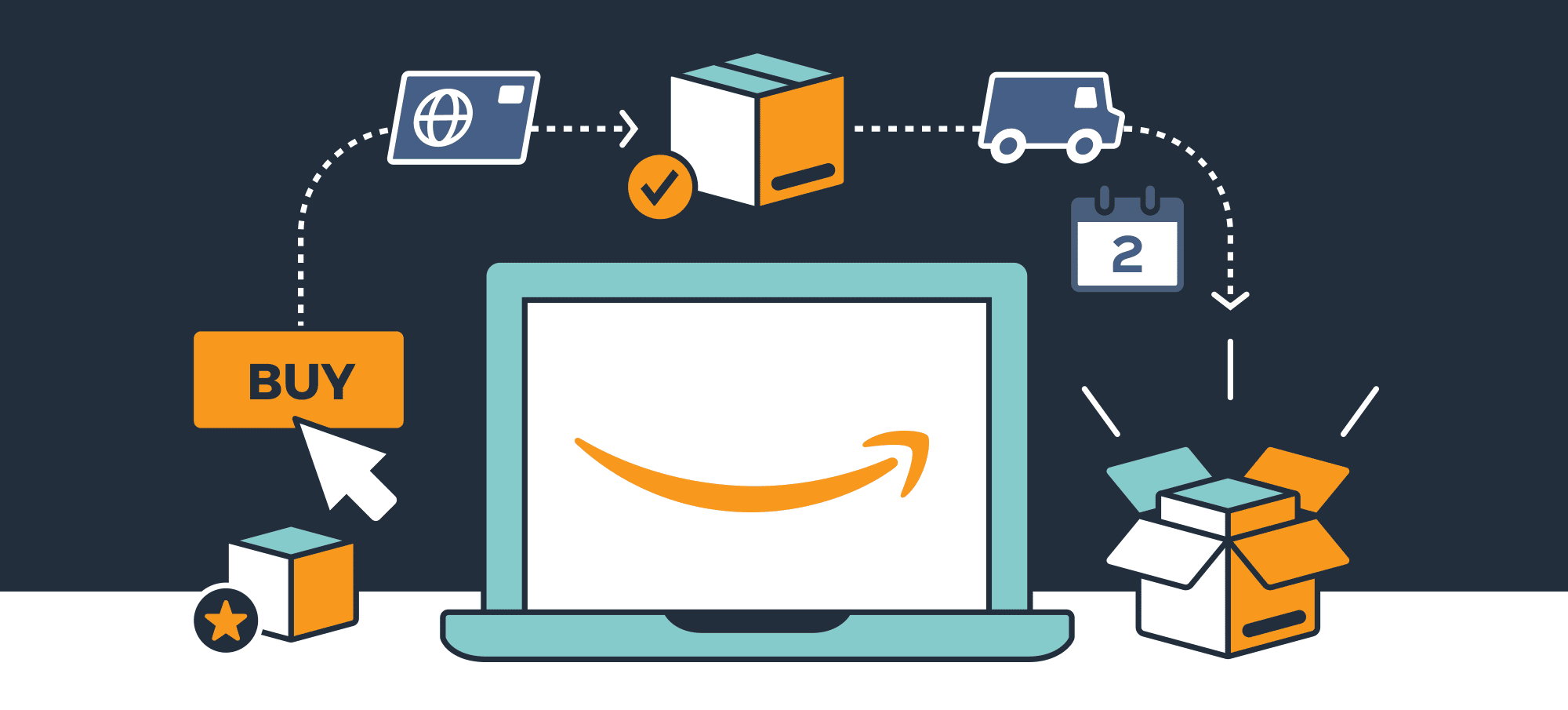
Topics Covered
We all know that Amazon is THE place to sell. I have steadily seen my Amazon sales go from around 25% in 2013 to all the way up to 90% today. However, there remain a lot of powerful sales channels outside of Amazon.
Some of these channels, such as your own website, can be used simply to support your conversion rates on Amazon. Others, like Walmart, are simply a bet on future growth. And finally, there are a number of niche-dependent sales channels like Etsy, Houzz and even eBay Motors, which can result in very strong sales if your product assortment matches those channels' target market.
In this article, I give a summary of the most important sales channels outside of Amazon to help you diversify your sales and give some basic guidance on whether you should be using these sales channels or not.
Related Listening: Episode 215: Amazon or Shopify – Where to Focus to maximize Growth
Related Readings:
- Top Things to Know Before Selling on Houzz
- Top 10 Things to Know Before Selling on eBay
- Selling on Amazon vs. Walmart
- Shopify vs. Amazon
Overview of the Other Sales Channels Outside of Amazon
The other sales channels we're going to cover in this article are as follows:
- Your own website, specifically your Shopify store
- Other Amazon marketplaces, including Amazon.ca, Amazon.co.uk, Amazon.de, Amazon.jp
- Walmart/Jet.com
- eBay and eBay Motors
- Houzz
- Etsy
- Craigslist and Local
- Wholesale
The big question you need to ask yourself before you explore other sales channels is whether or not you even should explore other sales channels. The alternative is, of course, focusing strictly on Amazon. Mike and I had an interesting debate on the podcast about this very topic, Should You Go All-in on Amazon or Not?
There's no debate: Amazon is the juggernaut of ecommerce. I previously ran a business that went from having Amazon account for 30% of our sales in 2013 to 67% in 2016. Almost all of the brands that EcomCrew owns and operates are 90%+ Amazon.
Currently, Amazon is nearly half of all ecommerce sales in the United States. However, there are other viable sales channels, and some of them can be significant for you, depending on what niche and industry you're in.
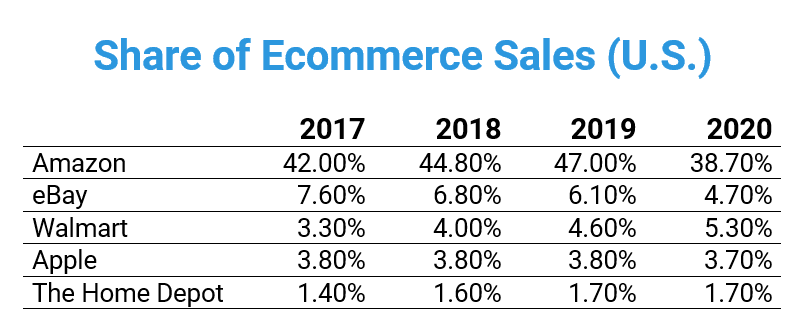
One word of caution: expanding to other marketplaces will take a disproportionate amount of your time relative to the sales. Make sure that you have maximized the potential of Amazon before looking at expanding into other marketplaces.
Your Own Website/Shopify Store
Who should be selling here? Everyone, especially Amazon sellers.
Even if you're an Amazon-only seller you need a website for one reason: your own website establishes credibility for your brand and will help support your conversion rate on Amazon.
Most of us have probably heard that Amazon now surpasses Google as the place people begin their product searches on. However, even when consumers have found what they're looking for on Amazon, 70% of them will still look on other ecommerce sites before purchasing.
Setting up a website has never been easier thanks to Shopify. There is zero need for anyone to go through the hassle of having a self-managed website hosted on a platform like Woocommerce or Magento.
Best of all, Shopify can feed directly into your Amazon product feed and you can ship your products using Amazon and Multi-Channel Fulfillment.
PROS
- Helps establish credibility
- Supports your conversion rate
- Easy to set up
- Ability to Ship the products using Amazon Multi-Channel Fulfillment
- Personalized pages for each brand
- Autonomy
- Cheap plans
CONS
- Fewer payments options for customers
- Lower chance of traffic
- Shopify does not promote the stores
- Paid ads (Google, Facebook, etc)
How to Ship Your Products from Other Channels?
One of the great things about Amazon is fulfillment by Amazon. While other channels like Shopify have experimented with offering logistics none compares to Amazon FBA which brings up the question: how do you ship your orders from other channels like eBay and Amazon?
For eBay and your own website, you can simply ship using Amazon Multi-Channel fulfilment meaning that you simply create the order within Amazon and Amazon will ship it from your Amazon FBA inventory. It works amazing. However, Walmart, unfortunately, prohibits sellers from using Amazon to fulfill their orders so you will be stuck using some sort of third-party logistics provider.
Other Amazon Marketplaces (i.e. Amazon.ca, Amazon.co.uk)
Who should be selling here? Those looking for the biggest sales boost albeit for the most work.
The sales channels that arguably have the highest probability of earning the highest growth for your ecommerce company are other Amazon marketplaces, specifically Amazon.ca, Amazon.co.uk and Amazon.de. We have excellent guides on selling in Europe and selling in Canada which you should check out if you're serious about getting started here. Very roughly speaking, Amazon.ca can reasonably expect to give a 10% boost to your sales. Germany and the UK can both give similar growth numbers.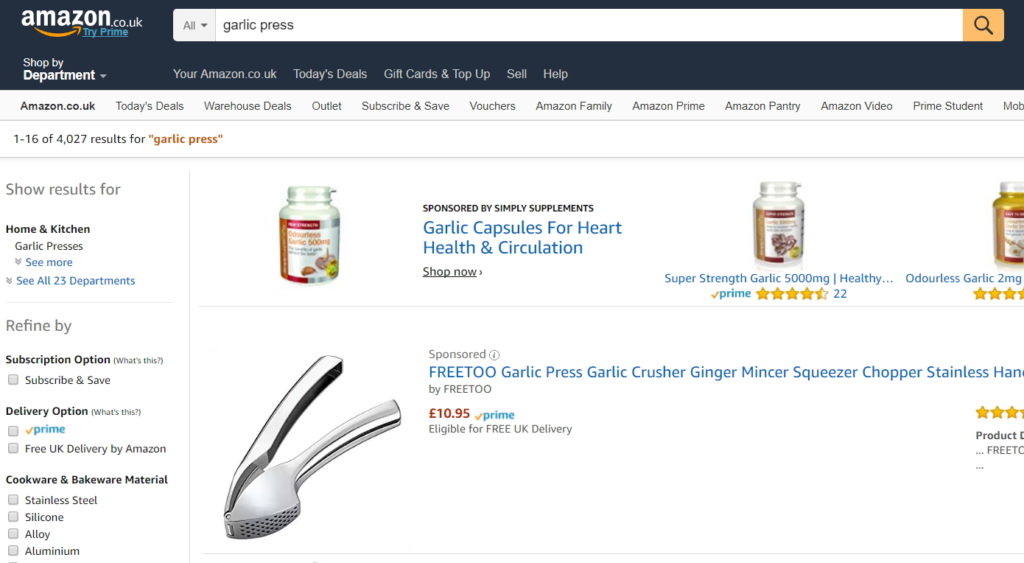
International Amazon marketplaces are very much unique sales channels. Organic rankings happen largely independently of one another, seller feedback is kept separate (which often means any policy violation suspensions happen independently), and ASIN metrics are kept separate for the most part (although reviews and product details are being shared across marketplaces more and more).
The downside with selling in international marketplaces, which is also why they're still lucrative, is that it's probably the most difficult growth channel of all those listed here. You can list an item on eBay or Houzz within a couple of hours but selling in Canada or Europe is going to take you days, if not weeks because it will require some level of business registration in those respective countries.
All of the Amazon marketplaces charge similar referral fees as Amazon.com (15% of sales on average). FBA fees vary widely, often significantly higher than Amazon.com which is something you want to take into consideration in your pricing.
PROS
- Helps expand your ecommerce company
- Potential 10% boost to your sales
CONS
- Referral fees higher than Amazon.com
- Listing an item might take days or weeks
- Require some level of business registrations
Walmart/Jet.com
Who should be selling here? Those selling general consumer goods looking for small single-digit growth but looking to the future.
Walmart is approximately 5.3% of all eCommerce revenue (compared to Amazon's 38.7%).
Anecdotally, we hear a lot of ecommerce sellers reporting that Walmart is becoming more and more significant, but I've yet to talk to a single seller who has Walmart making up more than 10% of their sales. The real reason to start selling on Walmart is betting on the future. Walmart's ecommerce sales continue to grow at nearly 40%, although most of this comes from their own first-party (1P) sales. They also bought Jet.com previously and other high-profile ecommerce sites and there's a solid reason to believe their ecommerce sales will only continue to grow.
Walmart's referral fees vary even more than Amazon's depending on the category but average out to around 15%.
One of the main drawbacks to Walmart though is the fact you cannot use Amazon Multi-Channel fulfillment to fulfill your orders. This means you have to use a 3PL and it also means splitting your inventory which can be a cash-flow strain.
PROS
- Lower selling fees
- Access to Walmart Fulfillment Services
- Less competitive
- Stricter pricing policies
CONS
- Selective when it comes to becoming a seller
- You cannot use Amazon Multi-Channel fulfillment
- Less potential for profit
eBay and eBay Motors
Who should be selling here? Any with products that can be sold on eBay Motors, cheap commodity type electronics.
eBay? What is this, 1999?
You may be surprised to know that eBay still is a relevant sales channel for many niches. eBay is now only about 5% the size of Amazon (compared to nearly 10% five years ago). It's also currently 4.7% of total ecommerce sales and is losing more and more market share every year. However, certain categories are strong on eBay, specifically eBay motors. We know a number of people running automotive-based businesses (any vehicle parts, be it consumer vehicles, recreational vehicles, or industrial vehicles), myself now included in this list, and eBay Motors is still a very significant part of all of our businesses, albeit a very small fraction of Amazon.
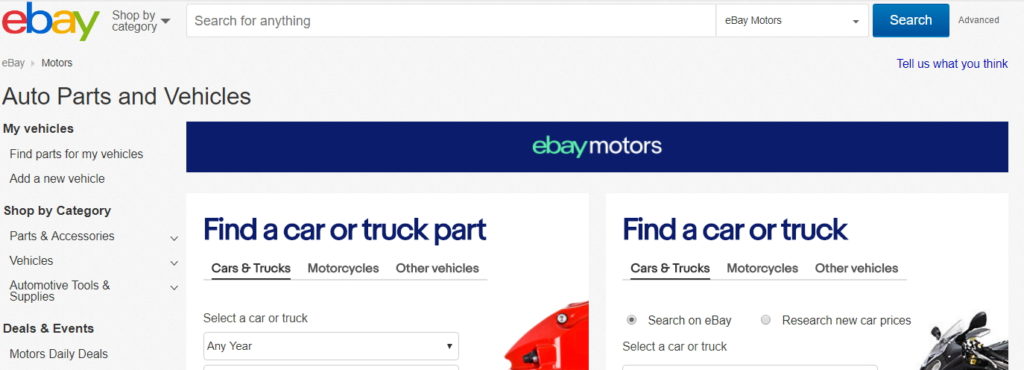
For cheaper commodity type electronics, i.e. phone accessories, electrical components, etc. eBay is also very strong.
We also did a longer article on why you need to be selling on eBay that has a lot of other useful information.
eBay charges a 10% referral fee plus PayPal fees (2-3%) plus your own fulfillment.
eBay can also be great for selling your used and refurbished returns from Amazon.
PROS
- Easy to set up
- Integration with PayPal
- Multiple selling options (auction and buy now)
- Lower advertising costs
- Branding opportunities
CONS
- Numerous seller fees
- Need for a 3PL
- Slow shippers have less visibility
Houzz
Who should be selling here? Anyone selling household products, especially decor.
Houzz has probably occupied a tab in your web browser at some point in your life, probably between a tab for Ikea and Pottery Barn. If you don't sell household items, specifically decor, Houzz will probably never be anything more than inspiration for your next kitchen reno. But if you do sell household decor, Houzz should rival Amazon for a percentage of your sales.
Houzz is a private company and their revenue numbers are private. However, they report 40 million active monthly users and almost anyone in the home decor niche reports huge sales from Houzz. As an example, a friend working at a San Francisco venture-funded home decor startup (with 7 figure monthly revenue) reports Houzz is nearly 40% of their sales. Another friend selling borders and wallpaper reports similar sales.
If you're unfamiliar with Houzz, Houzz is a bit like a blend between Pinterest and Facebook. More or less, users post or browse photos of areas around the house (i.e. living rooms, kitchens, patios) for inspiration. Products in that photograph are tagged with the products presented in it or similar products are advertised.
Houzz typically takes a 20% commission on sales and sellers are responsible for shipping everything.
PROS
- Allow you to sell services and goods
- Send review requests to customers
- Connect you with potential customers
- Create a company listing is free
- Access to a Q&A section
CONS
- Only platform for sellers who sell decor and household items
- Paid exposure is expensive
- High competition
- Houzz prioritizes paid lists
- Sellers are responsible for shipping everything
Also, we did a longer article on the top things to know before selling on Houzz that would help you before making the decision.
Etsy
Who should be selling here? Anyone selling fashion products, handmade products, craft supplies.
To sell on Etsy you have to be selling handmade, vintage, or craft supplies. This is going to eliminate the vast majority of private label sellers, however, Etsy is pretty liberal in their interpretation of “handmade”. If you search for wooden watches on Etsy, you'll see that the vast majority have parts largely from China. This liberal interpretation opens the doors to a lot of sellers. Handmade leather belts from China? Pretty much any jewelry made in your pick of cheap Asian country? All of these would likely be permissible for sale on Etsy. If you sell any craft supplies, whether or not there is even a hint of handmade, those are allowed as well.
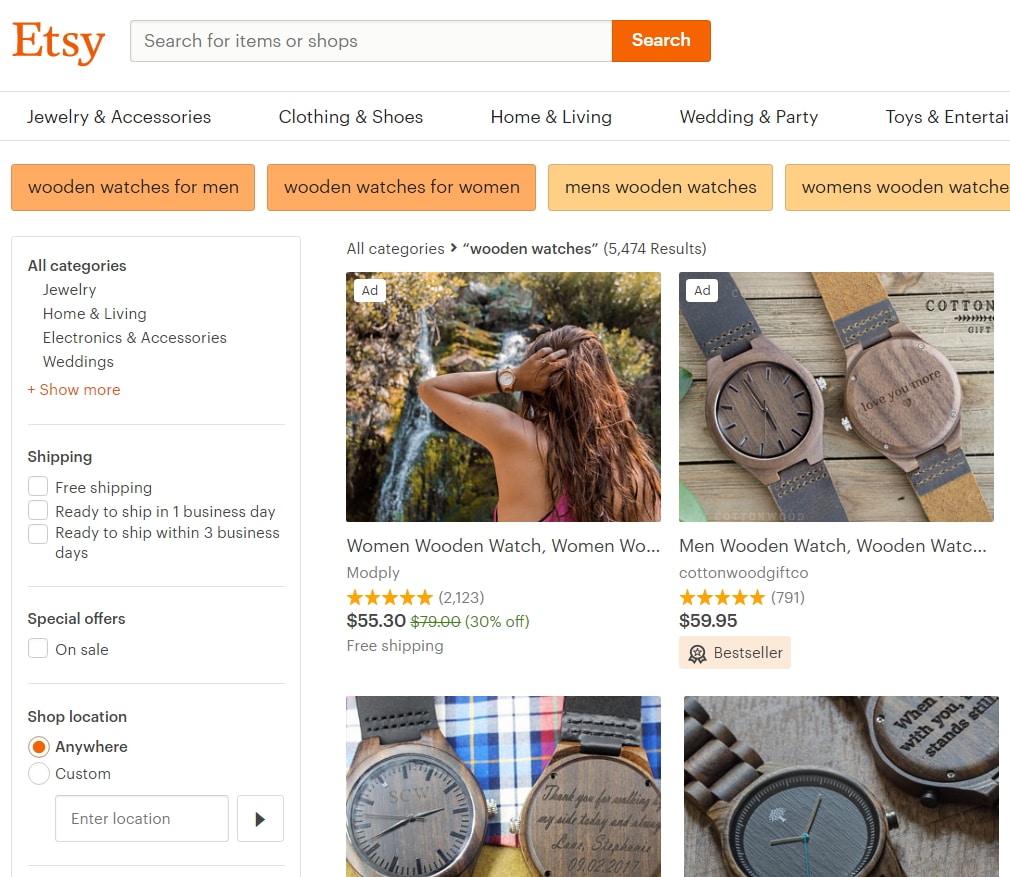
Overall, Etsy has been struggling to find a balance between being profitable and sticking to its handmade roots. As one million dollar former Etsy seller described to me, “Etsy is doomed.”
Of all the sales channels, Etsy takes one of the smallest referral percentages: $0.20 per listing and 3.5% of sales.
PROS
- Particular type of audience
- Cheap listing and selling fees
- Customers can contact sellers
- Liberal in their interpretation of “handmade”
CONS
- Competitive
- Limited design options
Craigslist and Local
Who should sell here? High margin or high priced items.
This gets slightly outside of the boundaries of ecommerce but there are still a ton of people making a killing off of selling their products locally through websites like Craigslist, Kijiji, and other similar local classified and auction sites.
The big advantage to selling on Craigslist is that there is no cost; the downside is there is a heavy time cost. Subsequently, selling items locally favours items with high dollar margins. If you're selling an item for $10, it doesn't matter if you're making a 90% profit margin on it – you're still only making $9 profit; However, if you're selling an item for $250 that you have a cost of $100 on then the math starts to make more sense. Imagine the math on this hypothetical $250 item:
Amazon: $250 – $100 cost – $37.50 selling fee – ~$20 FBA Fee – ~$10 inbound FBA fee = $82.50 profit
Craigslist: $250 selling price – $100 cost = $150 profit
Your profit margin is nearly doubled.
For all of my brands, I've always sold thousands of dollars' worth of products a year through Craigslist, not necessarily deliberately but rather because the stock would always end up at my home or office (trade show leftovers, samples, returns, etc). However, I know multiple people who are deliberate with their local sales strategy and make mid-high five-figure incomes selling exclusively locally.
Plus, Craigslist is free to sell on.
PROS
- Listing products is free
- No selling costs
- High profit margin
CONS
- Time cost
Wholesale and B2B
Who should sell here? Those with a strong differentiated brand.
For my previous company, I chased the unicorn of wholesale sales for years. For some reason, in my head, I always felt like my business wasn't real if all of my sales came from ecommerce. I spent countless times pursuing this. I developed a wholesale section of our website, I developed product catalogues and cold-called customers. At the end of the day, B2B sales never ended up being a significant driver of sales for my company. Check out our podcast episode on the dangers of chasing brick-and-mortar retail.
The problem was that my company sold a largely undifferentiated product. For undifferentiated private label products, all of the major retailers work directly with factories in China or through large distributors. This left only small retail customers who would only purchase in very small quantities.
For those with a strongly differentiated product (this often means you have a patent) wholesale is a very credible path to pursue. It gives you an avenue to diversify away from ecommerce sales, which is always a good thing, and margins may be stronger. The downside is that managing wholesale B2B customers is almost like running an entirely separate business as it requires a whole different skill set.
Wholesale customers typically expect to receive a 50% discount off the retail price of an item.
PROS
- Control over sales
- Big sales
- Generate long-term relationship with customers
- Easy inventory restocking
CONS
- Requires a high level of business registration
- Storage costs
- Higher initial investment
Conclusion
That's a summary of the other sales channels you should consider for your ecommerce business outside of Amazon.
There's no doubt that for almost any ecommerce business, Amazon will be the bulk of the lemon for most people. Selling on other sales channels is, more or less, tantamount to trying to squeeze the lemon just a little bit harder for a few more sales. Those few more drops of revenue may or may not be worth the extra effort depending on what stage your business is in.
Are you selling on any other sales channels outside of the ones we mentioned above? If so, which is the most profitable for you?
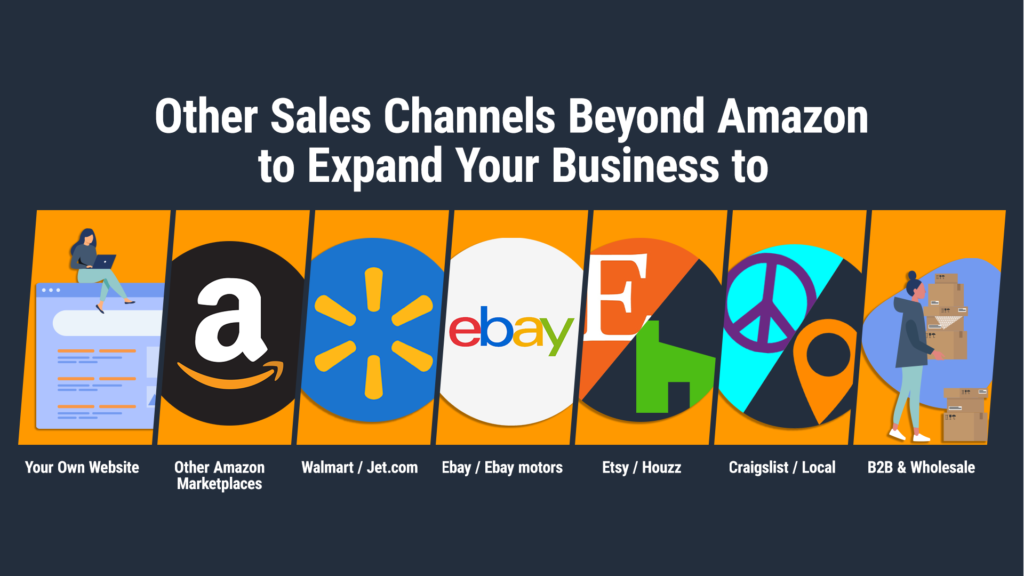
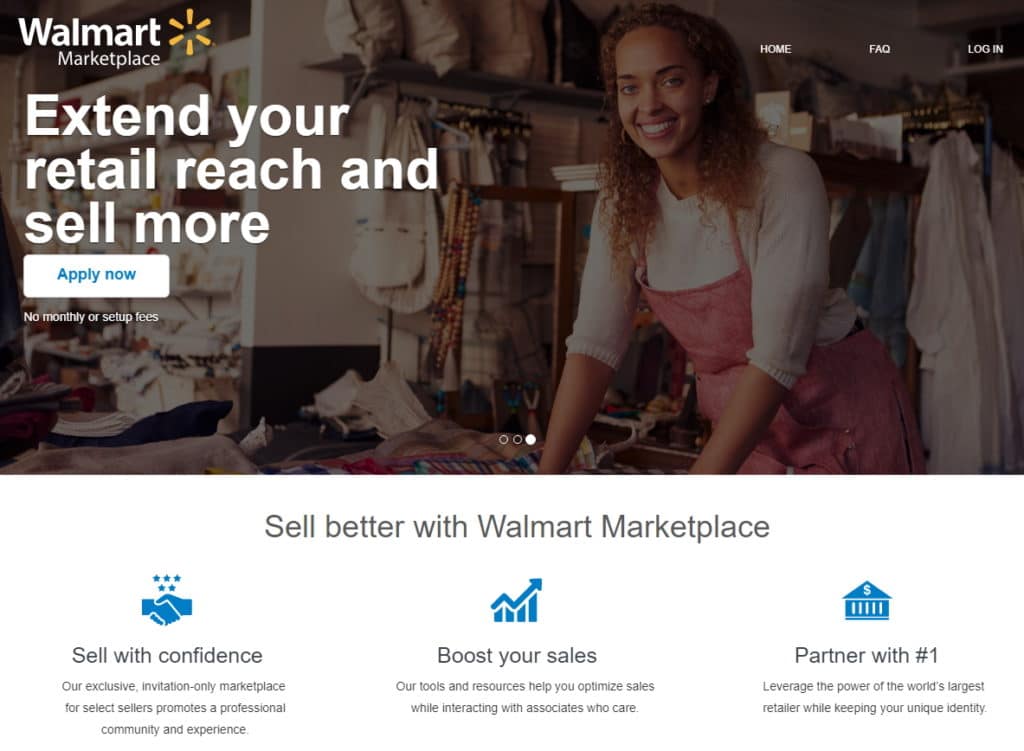
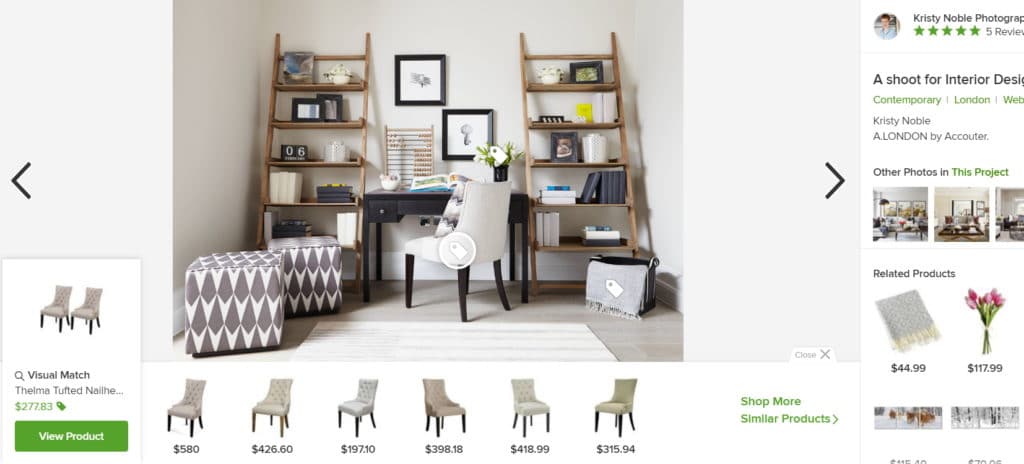




Awesome article. Thanks for all your hard work writing and editing this!
:)